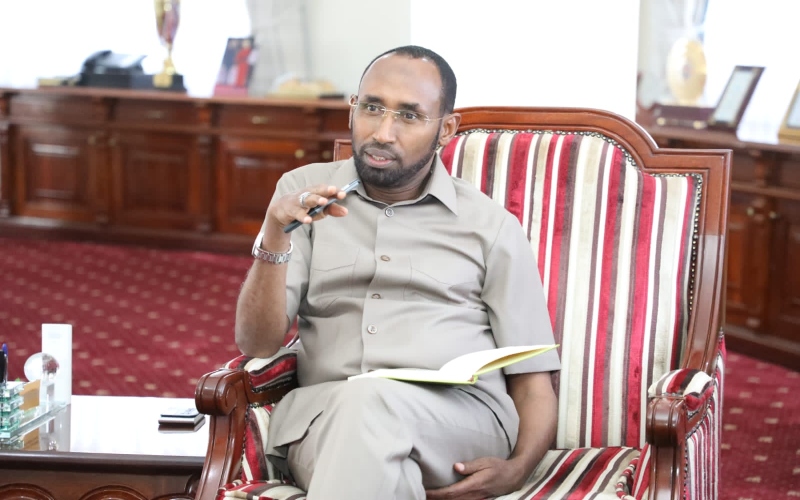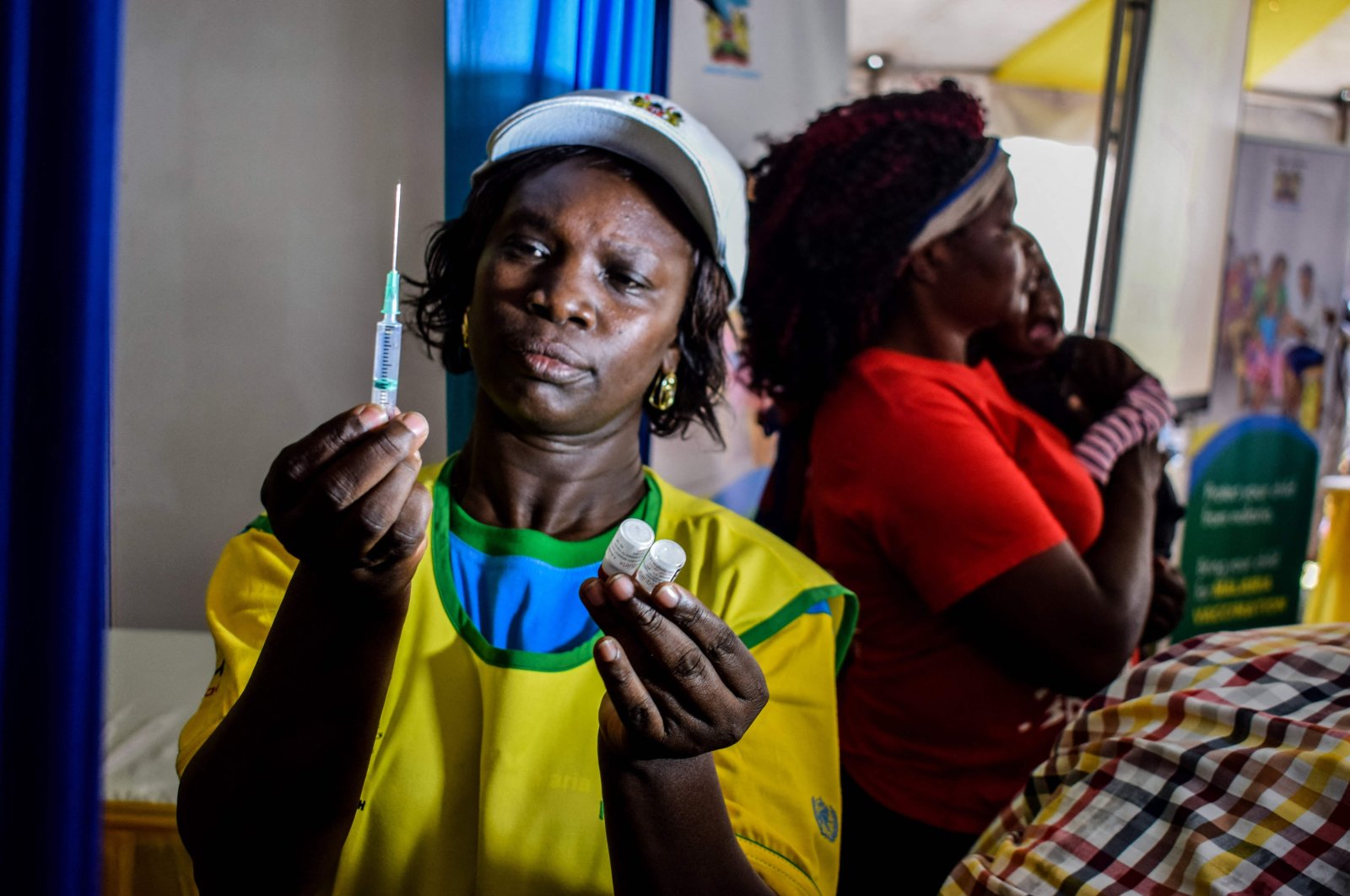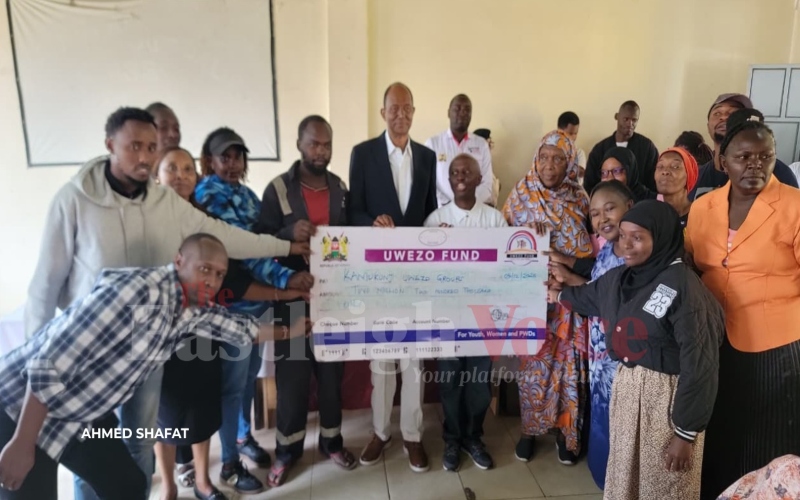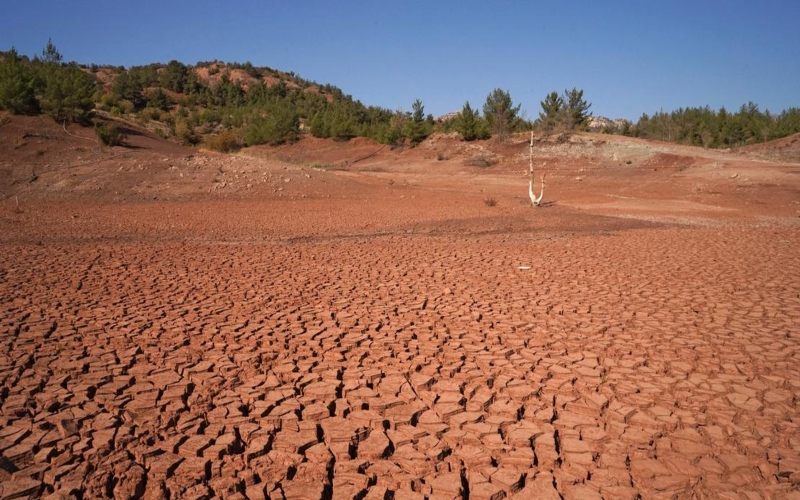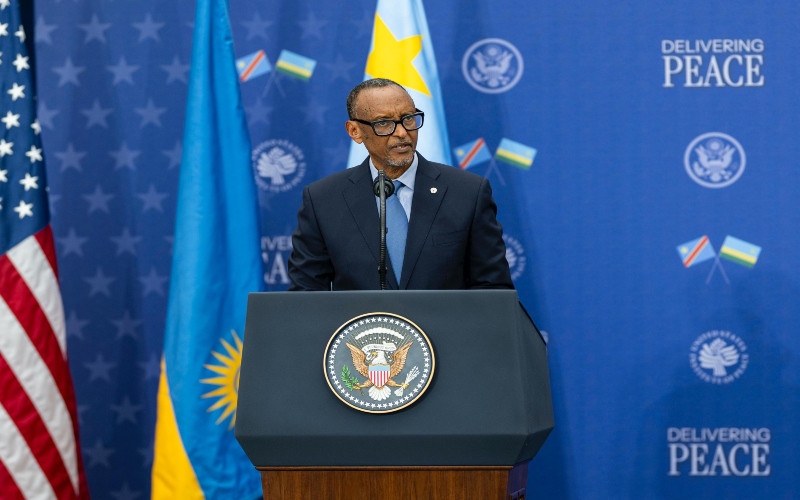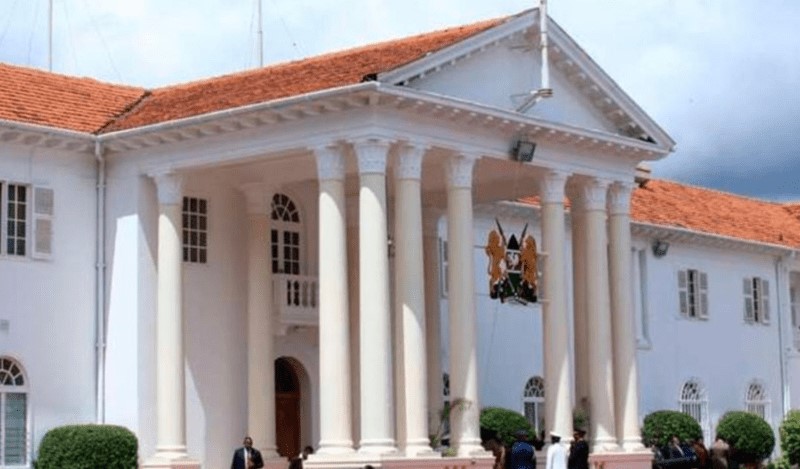Fragmented economic integration dragging Africa’s harmonisation drive - report
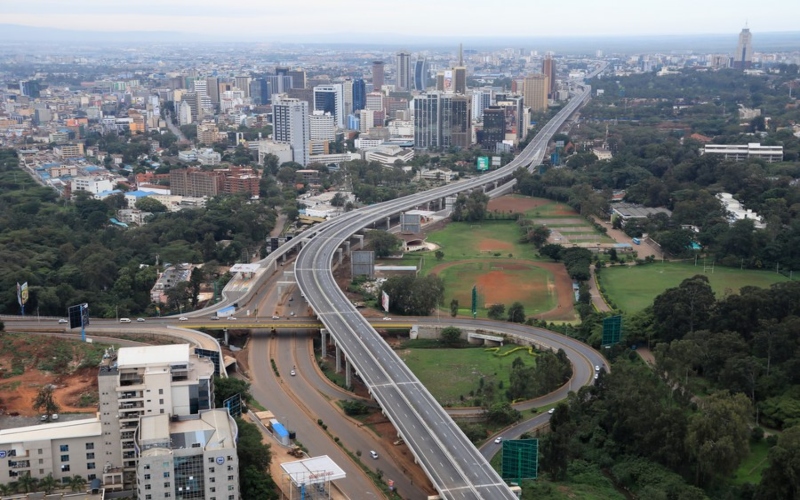
The economic pillar exhibits the most fragmented performance among these, despite some notable strengths. It comprises four key dimensions: business and enterprise development, market integration, productive and sustainable integration, and macroeconomic integration.
Africa’s journey toward full regional integration under the African Union’s Agenda 2063 has made notable strides, particularly in areas such as institutional development and infrastructure, according to a 2025 analysis.
However, the latest findings from the Africa Regional Integration Index (ASRII) reveal that progress remains uneven across the four key integration pillars: political, economic, infrastructure, human and social.
More To Read
- AU calls for rapid tech adoption in farming to shield continent from food crises
- Kenyan journalists celebrate climate reporting wins at IGAD Media Awards 2025
- Wave of coups in Africa: What President Paul Kagame thinks
- AfDB pledges Sh2.1 billion for new civil engineering, blue economy centre at TUM
- African Union suspends Guinea-Bissau over coup
- Guinea-Bissau: Who is toppling whom, how and why?
The economic pillar exhibits the most fragmented performance among these, despite some notable strengths. It comprises four key dimensions: business and enterprise development, market integration, productive and sustainable integration, and macroeconomic integration.
The ASRII assessment scores integration on a scale from 0 to 1, with 1 indicating full integration. A score of 0.5 suggests halfway progress, while 0 means no integration.
This year’s analysis shows that while some dimensions of economic integration have moved forward, significant gaps persist between different regions and dimensions.
One of the stronger performing areas within the economic pillar is market integration, which recorded a score of 0.590.
This progress is largely attributed to the implementation of the African Continental Free Trade Area (AfCFTA), which has accelerated trade liberalisation, the removal of tariffs in several regional blocs like EAC and COMESA, and the introduction of one-stop border posts.
“However, intra-African trade remains below 16 per cent of total African trade, and progress is uneven across Regional Economic Communities (RECs),” the Index report reads.
In contrast, macroeconomic integration and business development scored lower at 0.513, reflecting slow progress in harmonising fiscal and monetary policies and limited cross-border investment promotion.
The report reckons a few RECs, such as COMESA, have adopted dedicated regional investment frameworks.
The fragmented adoption of regional competition laws and weak SME support further hamper broader economic convergence.
Additionally, the assessment examines the implementation of industrial and business development strategies, which are critical to building sustainable, inclusive growth.
It reveals that continental initiatives like the Action Plan for the Accelerated Industrial Development of Africa (AIDA) and the African Mining Vision (AMV) are guiding frameworks, but their rollout remains inconsistent.
While some RECs have harmonised mining codes or introduced regional industrial strategies, industrial value chains remain shallow and disconnected across borders.
Limited access to regional markets and financing continues to constrain small and medium-sized enterprises (SMEs), vital to economic dynamism and job creation.
Many SMEs face regulatory and financial barriers that prevent them from scaling or operating regionally, pointing to a need for more enabling business environments within and across RECs.
On a more promising note, rural economy development scored relatively well at 0.628, with strong engagement from RECs in agro-industrial value chains and food security strategies.
Notably, regional agricultural policies have been adopted in four RECs: ECOWAS, EAC, COMESA, and SADC, and many align with the Comprehensive Africa Agriculture Development Programme (CAADP).
More than 40 African countries now have national agricultural investment plans consistent with CAADP principles.
ECOWAS leads in this area with its longstanding agricultural policy, ECOWAP, and supporting investment programmes.
Similarly, COMESA’s Climate-Smart Agriculture framework reflects a growing focus on sustainability and resilience, including early warning systems and land management practices.
The blue economy and environmental governance, however, remain underdeveloped, according to the report.
Only three RECs: SADC, IGAD, and COMESA have formal blue economy strategies, and fewer than half of all RECs have action plans for biodiversity or desertification control.
The ASRII was launched by the African Union Commission (AUC), the United Nations Economic Commission for Africa (UNECA), and the African Development Bank (AfDB).
Top Stories Today
